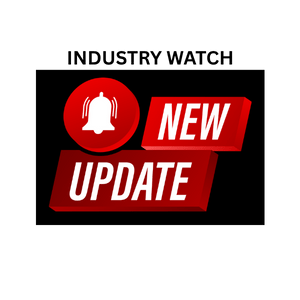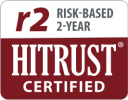Migraine and Headache Disorders: Improving Management and Patient Outcomes

Aphasia affects millions of Americans, yet it often goes unrecognized in healthcare settings. This article explores the causes and emotional impact of aphasia, highlights compassionate communication strategies, and outlines therapeutic interventions to support recovery and improve patient outcomes.
Beyond Trauma: How Healthcare Organizations Can Better Support PTSD Awareness

Aphasia affects millions of Americans, yet it often goes unrecognized in healthcare settings. This article explores the causes and emotional impact of aphasia, highlights compassionate communication strategies, and outlines therapeutic interventions to support recovery and improve patient outcomes.
World Blood Donor Day: The Critical Role of Blood Donation in Healthcare

Aphasia affects millions of Americans, yet it often goes unrecognized in healthcare settings. This article explores the causes and emotional impact of aphasia, highlights compassionate communication strategies, and outlines therapeutic interventions to support recovery and improve patient outcomes.
Sickle Cell Disease: Advancing Care and Advocacy on World Sickle Cell Day

Aphasia affects millions of Americans, yet it often goes unrecognized in healthcare settings. This article explores the causes and emotional impact of aphasia, highlights compassionate communication strategies, and outlines therapeutic interventions to support recovery and improve patient outcomes.
Men’s Health Month: Prioritizing Preventive Care and Wellness Strategies

Aphasia affects millions of Americans, yet it often goes unrecognized in healthcare settings. This article explores the causes and emotional impact of aphasia, highlights compassionate communication strategies, and outlines therapeutic interventions to support recovery and improve patient outcomes.
Understanding Brain Tumors: Insights and Advances on World Brain Tumor Day

Aphasia affects millions of Americans, yet it often goes unrecognized in healthcare settings. This article explores the causes and emotional impact of aphasia, highlights compassionate communication strategies, and outlines therapeutic interventions to support recovery and improve patient outcomes.
BHM Staff Enjoy a Night of Fun and Fellowship at Top Golf

Enhanced Federal Initiatives Advance Healthcare Price Transparency

Federal agencies have amplified efforts to enforce healthcare price transparency, introducing stringent guidelines and escalating penalties to ensure compliance. These regulatory updates affect hospitals, insurers, and employers nationwide and demand immediate attention and action to remain compliant.
FDA Approves First At-Home Cervical Cancer Screening Kit

The FDA has approved the first at-home cervical cancer screening kit, the Teal Wand™, offering a self-administered alternative to Pap smears.
OpenAI Launches HealthBench

OpenAI has introduced HealthBench, a groundbreaking benchmark designed to assess the performance and safety of AI systems in healthcare settings.





